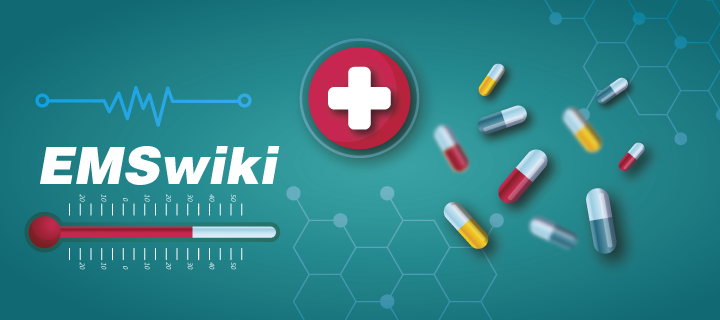
PET scan: a revolutionary diagnostic test
From Disease Identification to Assessing Bodily Functions
What Is PET and How Does It Work?
Positron Emission Tomography, commonly known as PET, is a medical imaging technique that uses a radioactive tracer to show how organs and tissues function in real-time. Unlike other imaging techniques such as CT or magnetic resonance imaging, PET focuses on processes and molecular activity within the body, offering the potential to detect diseases in their early stages. This makes PET a powerful diagnostic tool, especially for detecting and monitoring various types of cancer, heart diseases, and brain disorders like tumors, epilepsy, dementia, and Alzheimer’s disease.
Preparation and PET Procedure
Before undergoing a PET scan, patients must follow specific preparatory instructions. These may include avoiding strenuous physical activity for several days before the study and fasting for four hours before the scan. During the procedure, a radiotracer, typically fluorodeoxyglucose (FDG), is injected through a vein. Patients then rest while the tracer spreads throughout the body. The PET scan, which can take around 30 minutes, requires the patient to remain still to obtain clear images. After the examination, it is recommended to drink plenty of fluids to help eliminate the tracer from the body.
Risks and Benefits of PET
PET is generally considered safe and carries few risks. The amount of radiation in the radioactive tracer is very low and does not persist in the body for long. However, there are specific risks for pregnant or breastfeeding women, as the radiation may be harmful to the fetus or pass to the baby through breast milk. Allergic reactions to the radioactive tracer or contrast agents used during PET-CT scans are extremely rare. Patients with diabetes may receive specific instructions to modify their diet and medications before the test.
PET Results and Follow-Up
PET results are interpreted by a specialized radiologist and communicated to the attending physician, usually within 24 hours. These images provide detailed information about bodily functions and are often used in combination with other imaging exams for a more accurate diagnosis. Additionally, PET is crucial in planning cancer treatment, evaluating treatment response, and monitoring disease recurrence.
Sources


